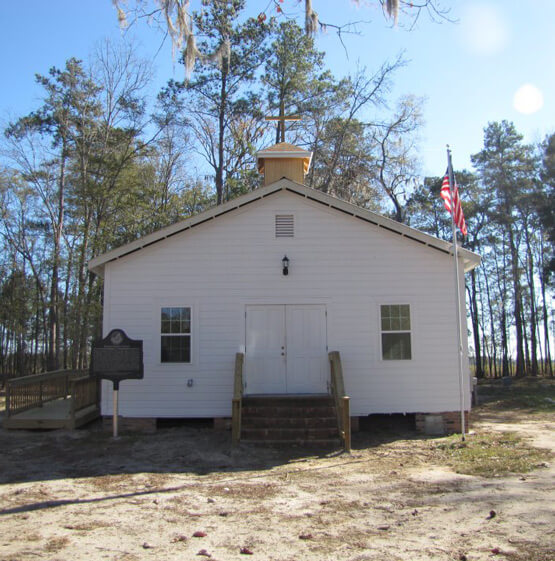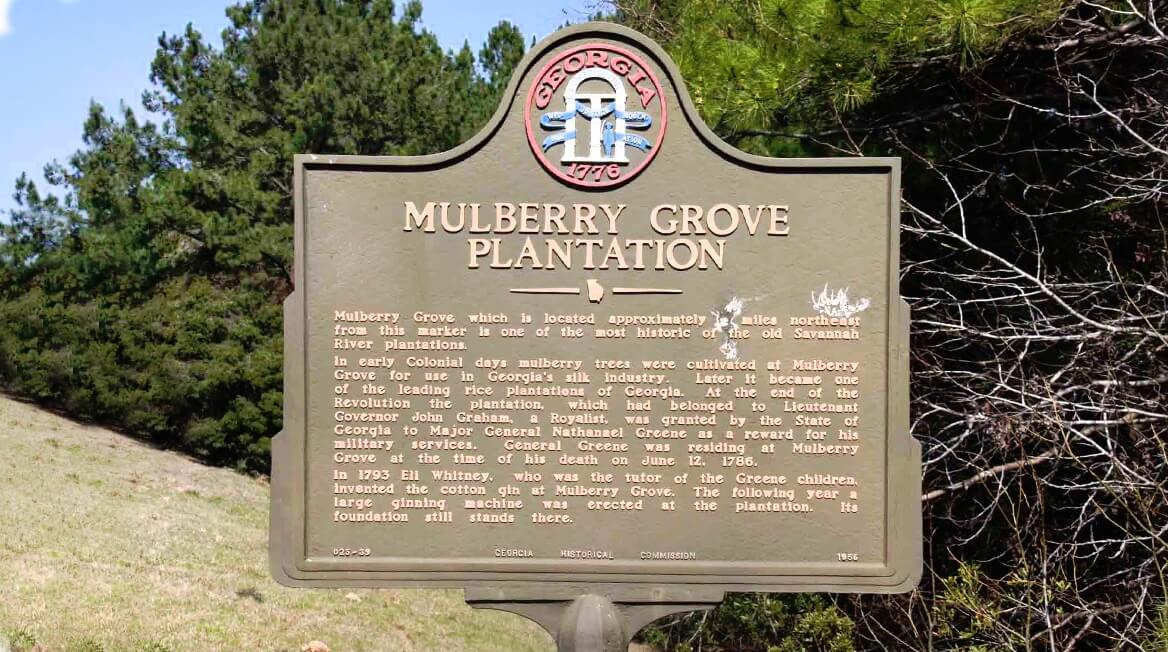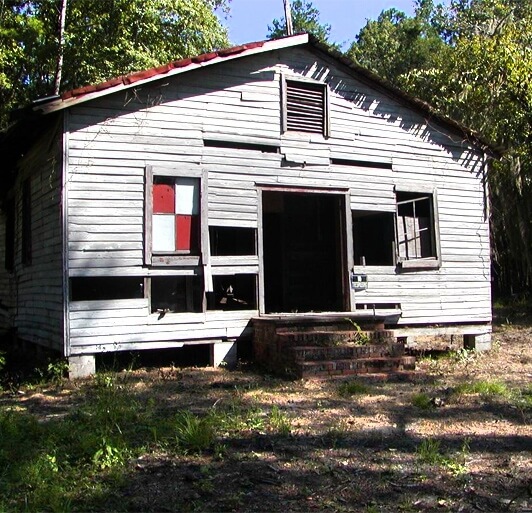Historic Praise Houses,
Churches and Cemeteries
History-lovers, listen quietly and you may still hear a few strains of the harmonious hymns emanating from some of these old buildings where Port Wentworth, Georgia plantation slaves lifted their voices. These African- American praise houses, built in the early 19th century, are being restored and revived by Port Wentworth citizens who cherish their historical significance and want to preserve them for the relatives and descendants who still live in the Port Wentworth

area. Each historical Port Wentworth church has
its story:
“Putting the history of Port Wentworth together requires input from a little bit of everyone because we are so connected, yet we are scattered in the different areas of the land mass. I've lived in Port Wentworth 56 of my 63 years, and I've been told about everything from the rice fields to the different small living quarters to the juke joints to the people who made these places and activities interesting. I think the best way to start a decent conversation is to talk about the churches. That is the African American or as called at an earlier time, the Negro churches. Because Port Wentworth, the city, as it is named now, was not always a part of the Monteith, Meinhard, 12 Mile (Augusta Road) or Rice Hope community, we must focus on the four churches that were synonymous to these areas, White Oak, Mount Moriah, Richmond and Houston Baptist. Now, before becoming a church, they started off as praise houses.
Praise houses were located on each plantation or large community. A place of worship was felt to be something that should be provided to the plantation workers even after slavery.
When we research the history of each of these, now churches, once they were formally organized they were now churches, no longer praise houses, we will find that each one came from a neighboring plantation: White Oak, Drakie Plantation, Mount Moriah, Godley Plantation, Houston, Rice Hope Plantation and Richmond, Richmond Plantation.
In order to ensure good participation in all churches, the earlier worshippers staggered the meeting or service Sundays. For instance, Abercorn Baptist Church, which is located on Old Augusta Road in Effingham is connected to these churches in this area, is the oldest in the bunch, is a hand me down from the Salisburgers, affiliated with the Chatham County churches as a union church and met on the 1st Sunday, Richmond and Mount Moriah, met on the 2nd Sunday, Houston met on the 3rd Sunday and White Oak, the 4th Sunday. Thereby giving you a place of worship each Sunday.
Even more intriguing is that before there were praise houses, nice little wood frame buildings, worship services took place under bush arbors or brush arbors.
And it means just what it reads, bush arbors, hidden areas of refuge constructed of vegetation entwined to make a shelter strong and durable enough to seclude the worshipper from exposure. An interesting topic of future discussion.”
Ms. Della Steele, local historian who researched the history of many of the churches in the area (North Port Wentworth Citizens Council)
HISTORY OF HOUSTON PRAISE HOUSE RESTORATION



